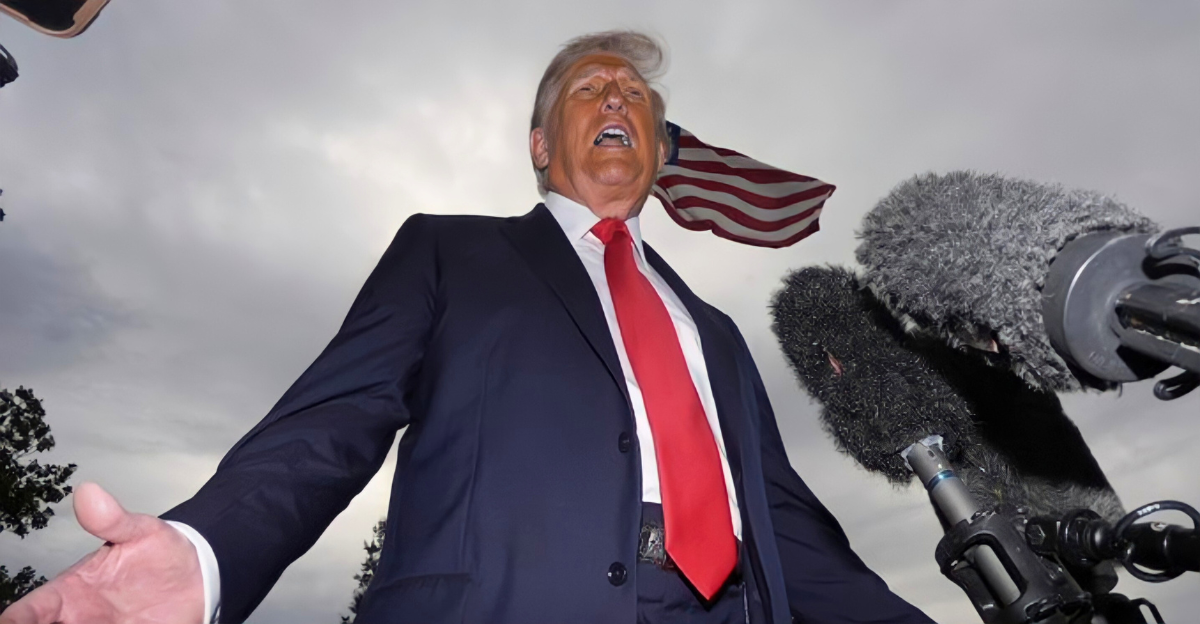
Donald Trump has launched another legal battle, this time with one of the biggest names in journalism and one of the world’s largest book publishers.
The former president filed a $15 billion defamation lawsuit in federal court, claiming that The New York Times and Penguin Random House tried to damage his reputation ahead of the 2024 election. The case, already attracting major attention, combines politics, media, and the question of free speech.
A High-Stakes Lawsuit
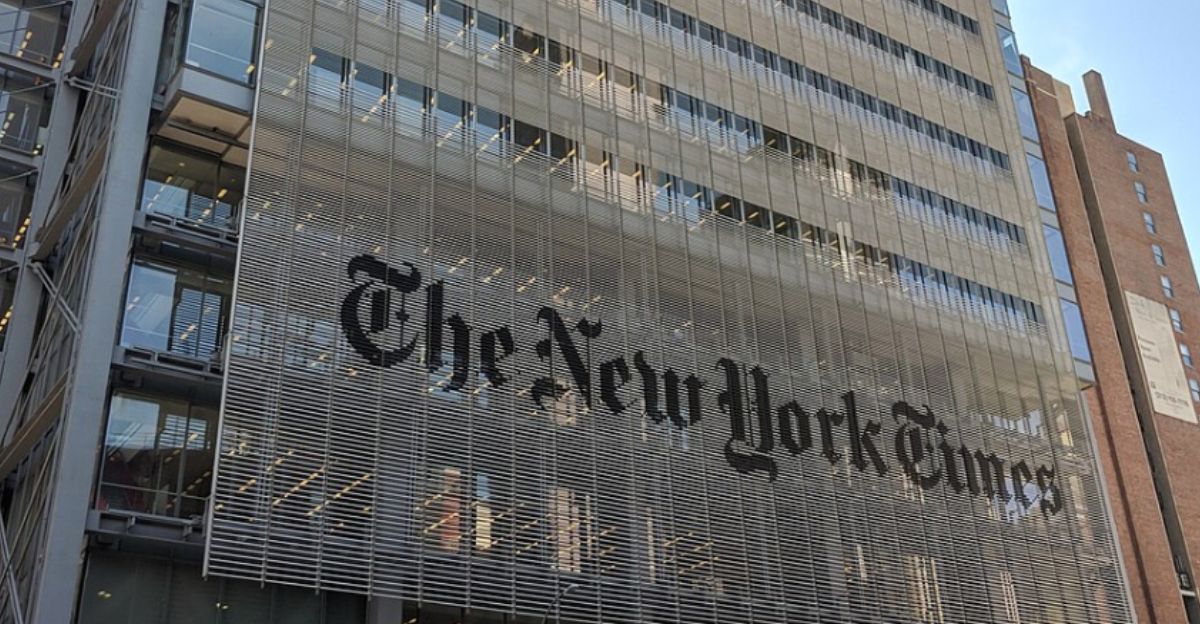
Trump’s filing seeks $15 billion in damages. He argues that both The New York Times and Penguin Random House deliberately spread false information about him, causing lasting harm to his reputation and political future.
The lawsuit was filed in the Middle District of Florida, a state where Trump has pursued other legal actions.
The Defendants Named
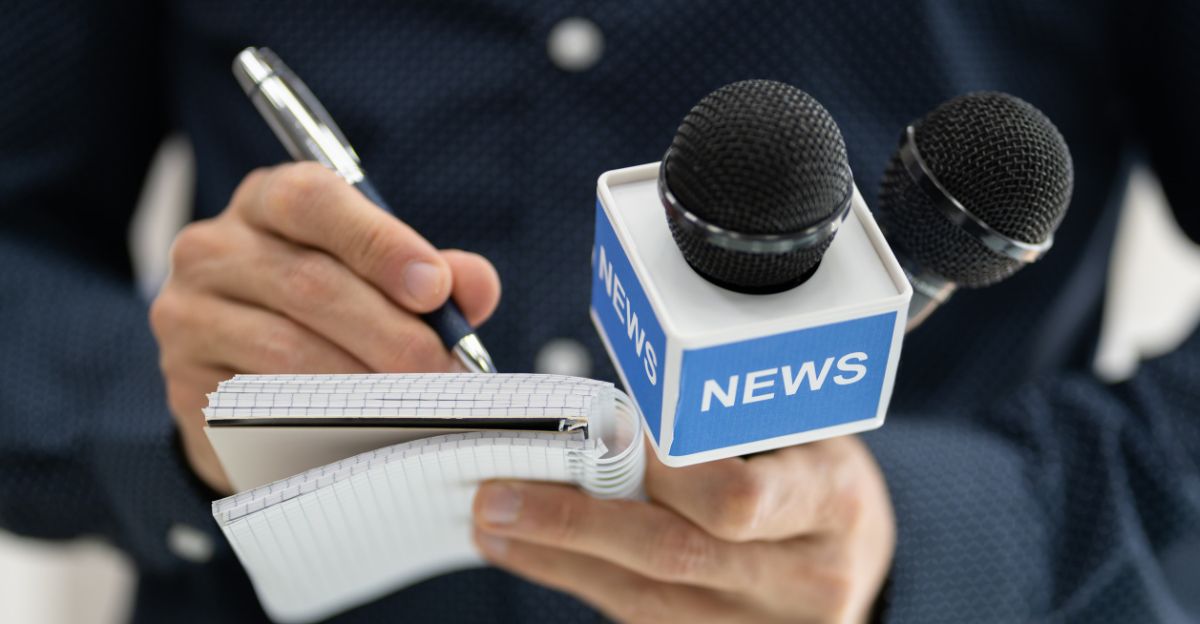
The lawsuit names not only The New York Times but also specific Times journalists: Peter Baker, Russ Buettner, Susanne Craig, and Michael Schmidt.
Penguin Random House is also included because of its publication of Lucky Loser, a book by Craig and Buettner that paints a critical portrait of Trump’s financial history and career.
What Triggered the Case
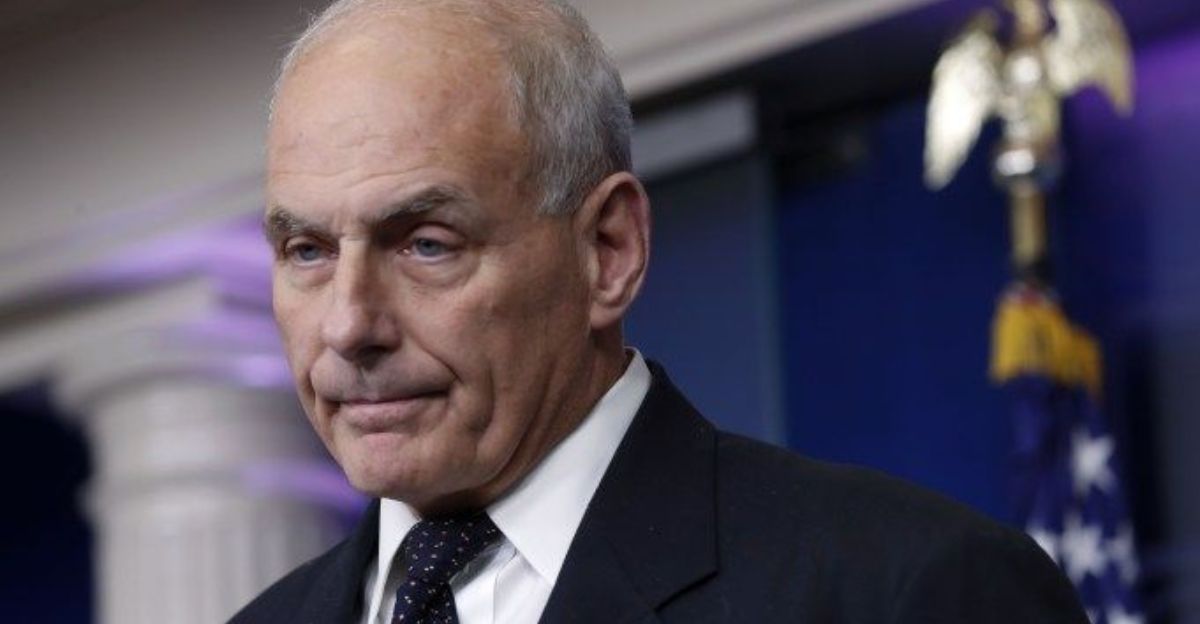
Trump’s lawyers claim the lawsuit stems from articles and publications they say crossed into defamation. Examples include reports that John Kelly warned Trump would rule like a dictator, stories about the creation of The Apprentice, and ongoing coverage of Trump’s controversies.
The Legal Core
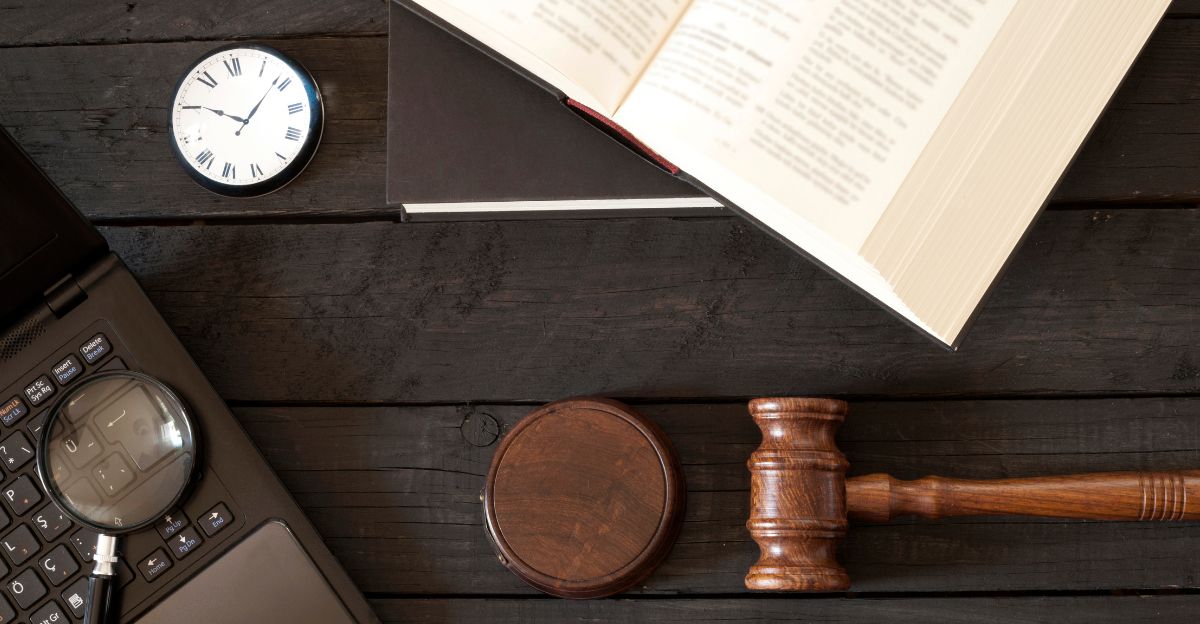
At the heart of the case is the definition of defamation: false statements presented as fact that damage someone’s reputation.
U.S. law sets a high bar for public figures like Trump, who must prove “actual malice”: that the publishers knowingly spread falsehoods or acted with reckless disregard for the truth.
Trump’s Framing
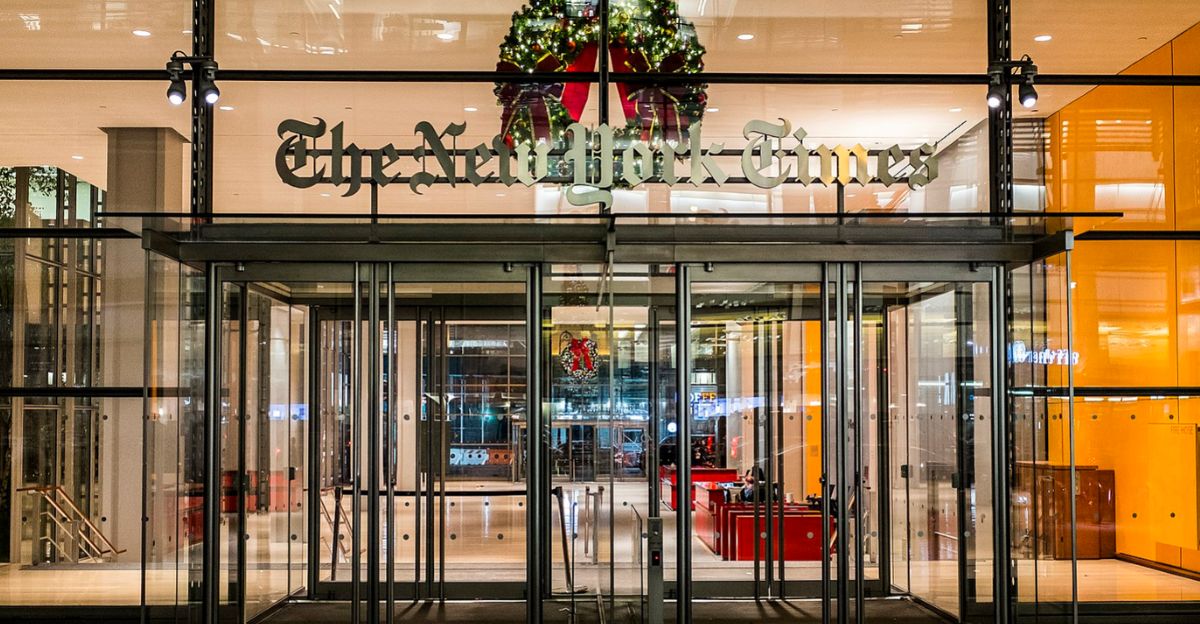
Trump’s attorneys argue that The New York Times has become a “mouthpiece of the Democrat Party” and engages in “industrial-scale defamation.”
The lawsuit portrays Trump as seeking to hold media outlets accountable and to restore “integrity” to journalism in the United States.
The Media’s Response
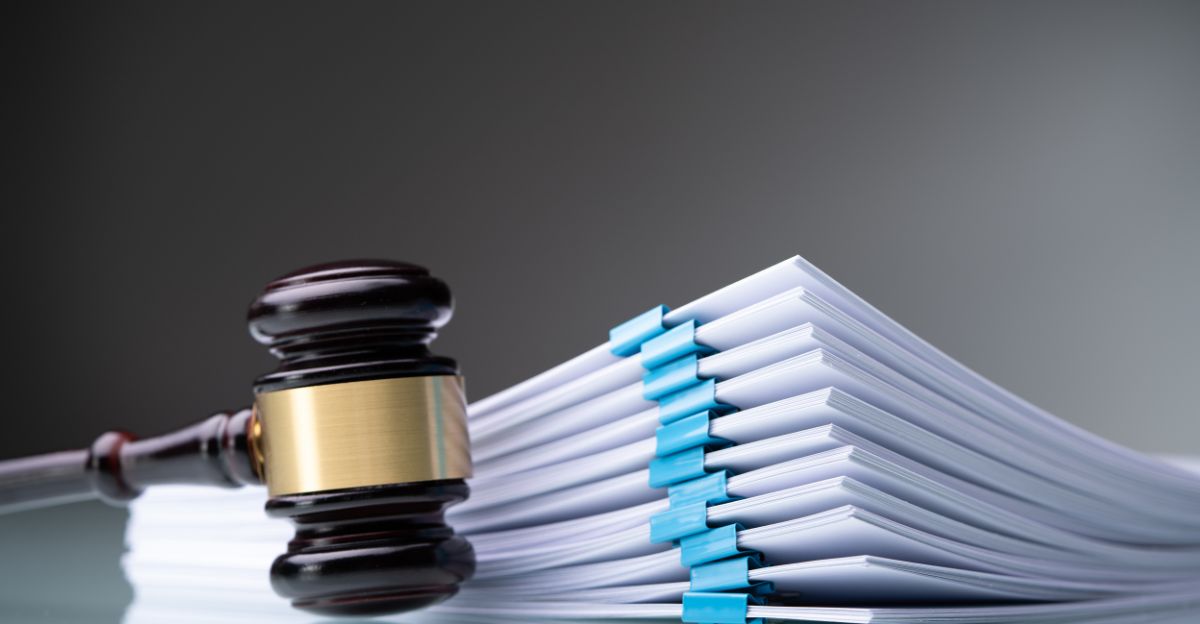
The New York Times dismissed the claims outright. A spokesperson said the suit “lacks any legitimate legal claims” and is meant to intimidate journalists.
The paper insists it will continue reporting without fear or favor, standing on First Amendment rights that protect press freedom.
The Publisher’s Reply

Penguin Random House also rejected the lawsuit. The publisher defended its authors and the book in question, stating that it “stands by the book and its authors” while upholding the values of free expression guaranteed under the First Amendment.
A Pattern of Legal Fights

This is not Trump’s first defamation lawsuit against media outlets. Just two months earlier, he filed a $10 billion case against The Wall Street Journal, related to claims involving Jeffrey Epstein. Trump has repeatedly used litigation to push back against reporting he disputes.
The Political Context
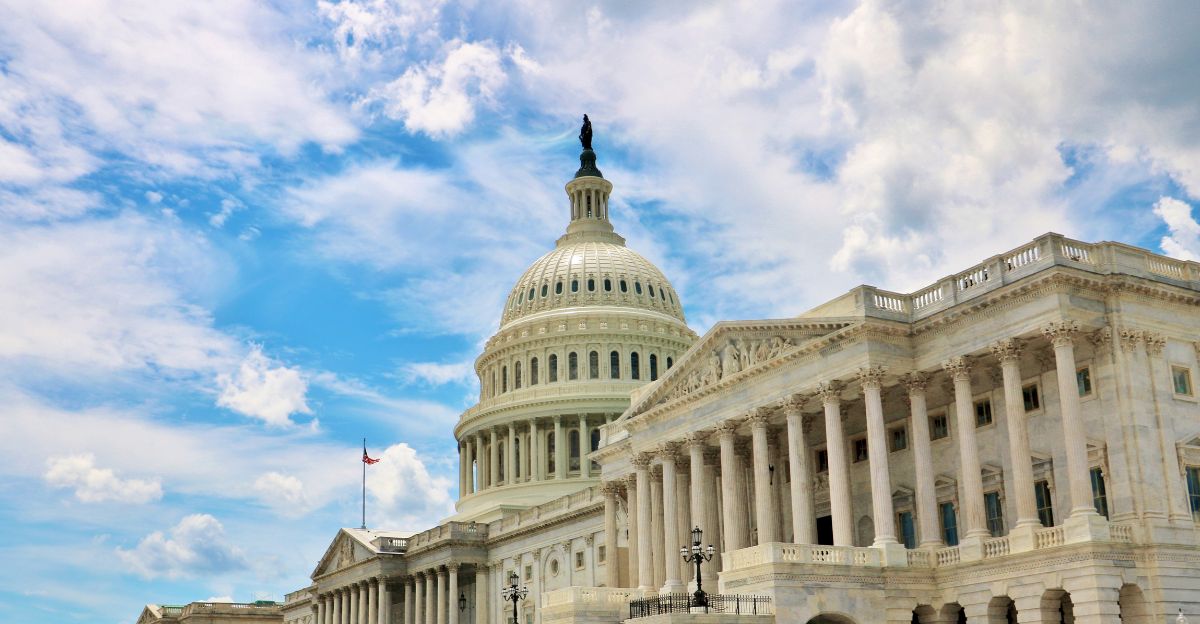
The lawsuit comes as Trump seeks to influence the political landscape ahead of the 2024 election. His attorneys suggest that damaging reporting was timed to weaken his chances of winning. This raises questions about whether the lawsuit is a legal battle, a political strategy, or both.
What’s at Stake for Trump
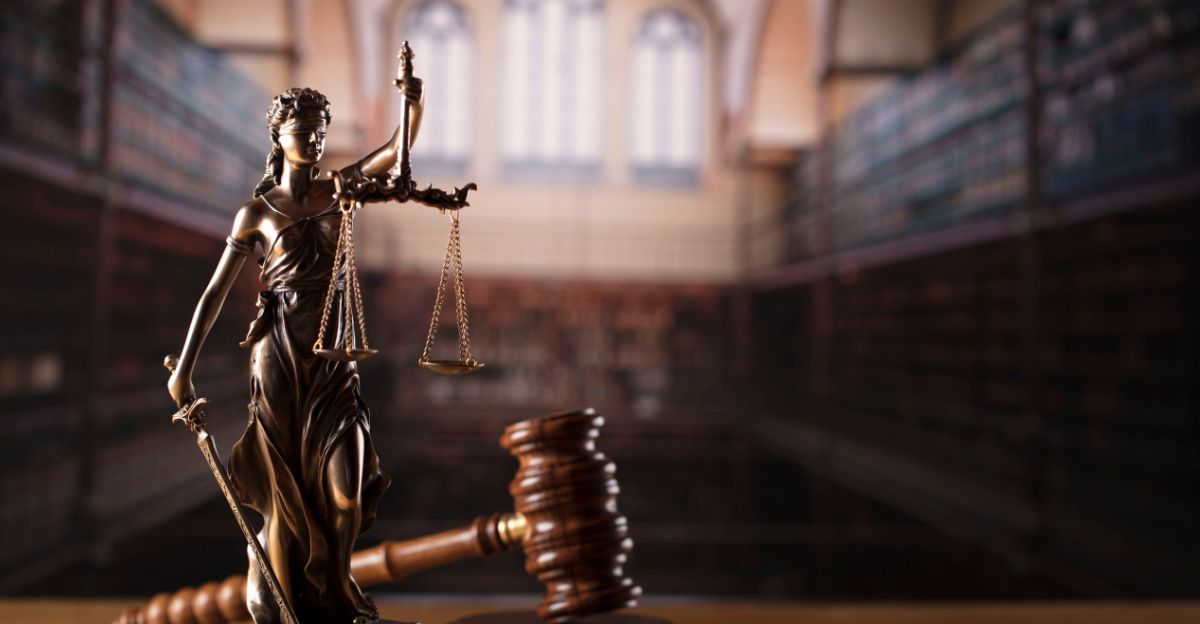
If successful, Trump could secure billions in damages and a legal precedent in his favor. But if dismissed, it may reinforce criticism that his lawsuits are more about silencing critics than seeking justice. Either outcome carries weight for his public image.
Why It Matters for Media

For the media and book publishers, this isn’t just about one story or one book. It’s about whether they can continue reporting on powerful people without fear of being hit with massive lawsuits.
A win for them would protect press freedom. A loss could make journalists more cautious about what they publish.
A Tough Case to Prove
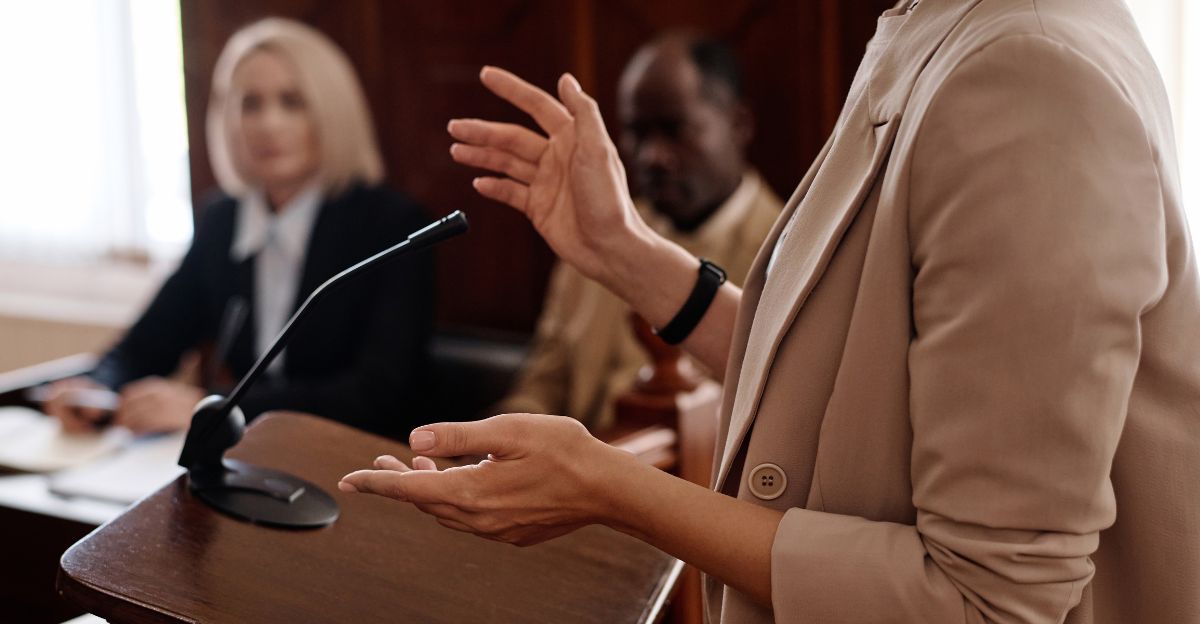
Winning a defamation case in the U.S. is very hard, especially for public figures. Trump would need to prove that the reporters and publishers knew what they wrote was false or didn’t care whether it was true. Most lawsuits like this don’t make it very far in court.
How People See It

Reactions to the lawsuit fall along familiar lines. Supporters of Trump say he’s standing up to media bias. Critics argue he’s just trying to scare journalists into silence. The case adds another layer to the ongoing divide between Trump’s base and his opponents.
The Size of the Claim
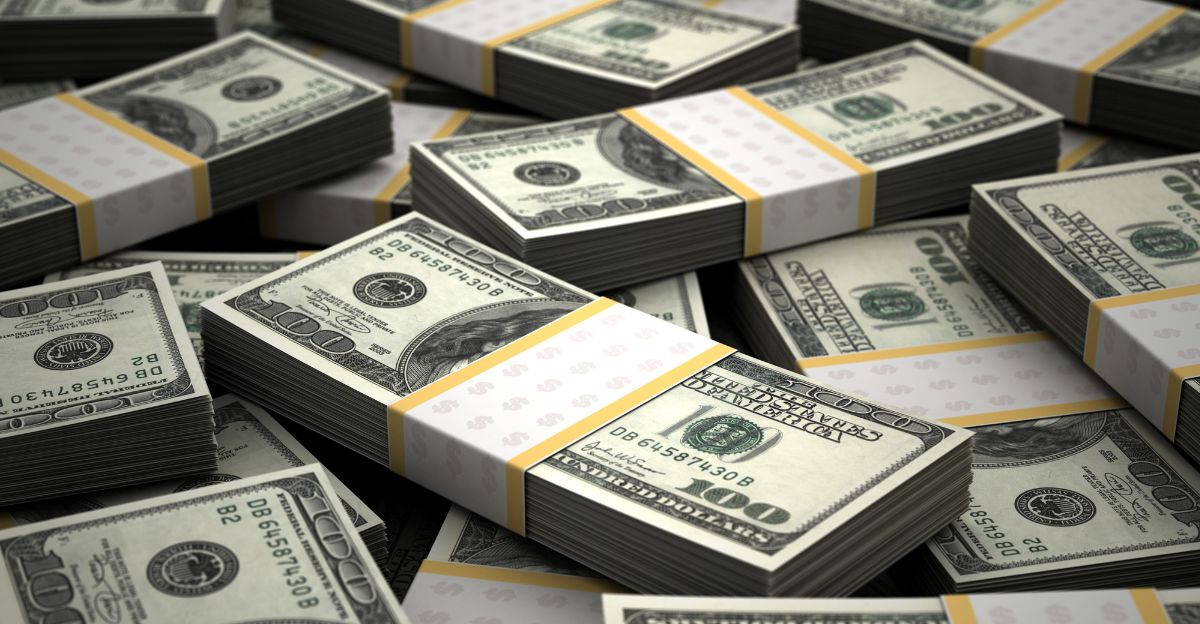
The $15 billion figure is eye-catching. But legal experts say it’s unlikely that amount would ever be awarded.
Large numbers are often used in lawsuits to make headlines and send a strong message, rather than reflect the real damages that might be proven.
Trump vs. the Press
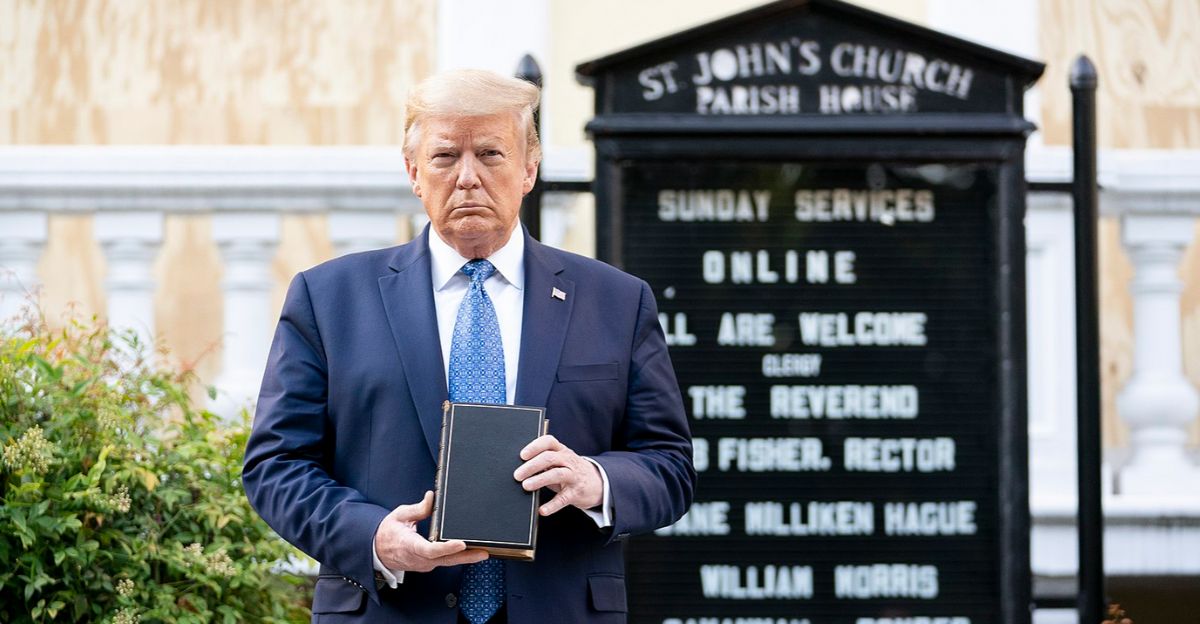
Trump’s clashes with the press go back decades. As president, he frequently called major outlets “fake news.” This lawsuit is the latest in a long-running feud, showing that Trump continues to fight the media in court even out of office.
What Experts Are Saying
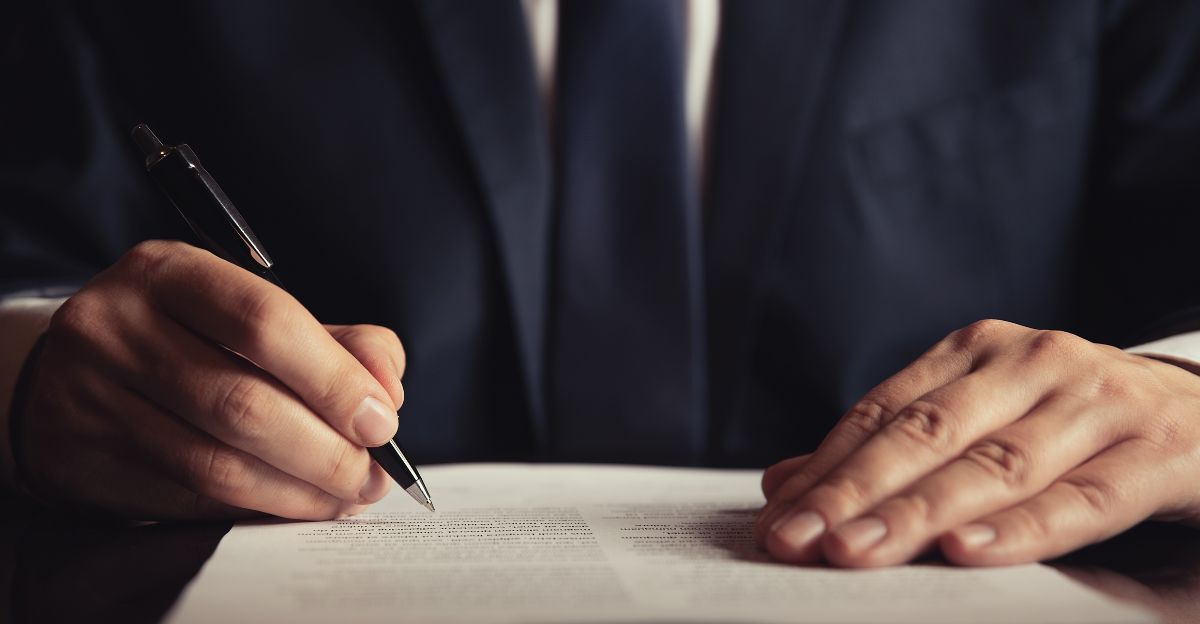
Law professors and legal analysts are doubtful the case will succeed. They point to the strong protections the First Amendment gives journalists.
Most agree the lawsuit will face big hurdles, but note that it still puts pressure on the defendants and keeps Trump in the news.
What Could Happen Next
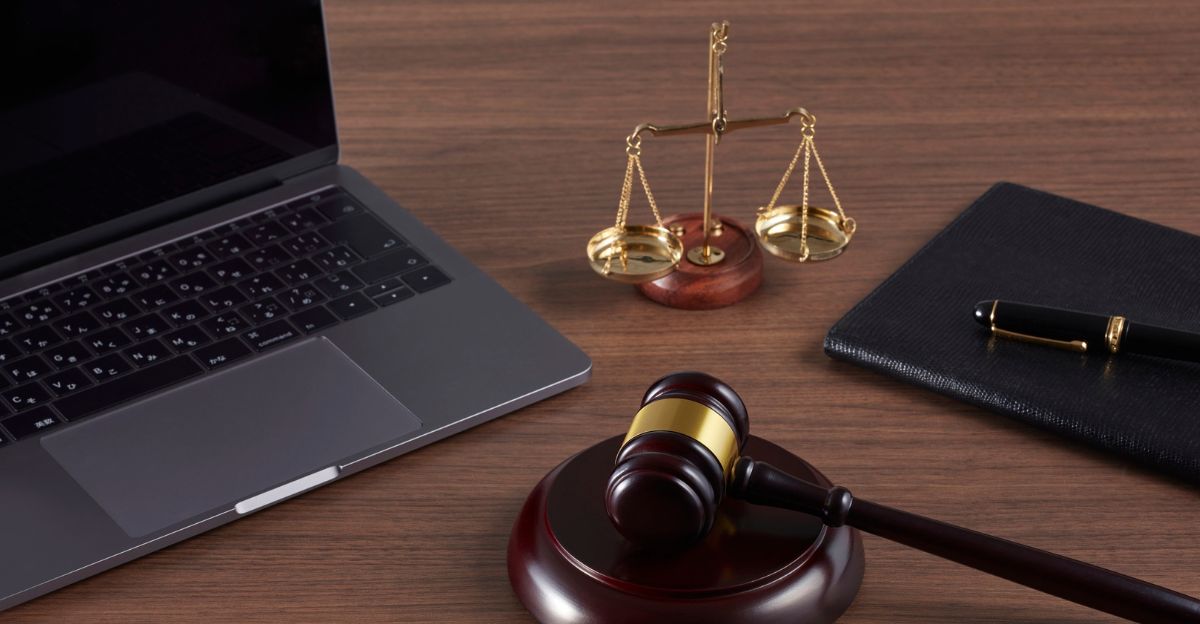
The case could be thrown out early, move forward into evidence gathering, or even reach a full trial. Each step will bring more public attention. Even if Trump loses, the lawsuit itself might still influence how media outlets cover him in the future.
Broader Implications

The case touches on more than just Trump. It raises broader questions about how far public figures can go in challenging critical reporting, and whether the legal system should reconsider its balance between protecting reputations and safeguarding free speech.
What Comes Next

As the lawsuit progresses, all sides prepare for a long legal fight. Whether it becomes a landmark First Amendment case or fades like many others, the outcome will shape Trump’s legacy and the ongoing battle between politics and the press.